The objective of the SDN Training is to provide professionals with a comprehensive understanding of Software Defined Networking (SDN) architecture, principles, and its role in modern network management. Participants will learn how to design, implement, and manage SDN-enabled networks, focusing on separating the control plane from the data plane for greater flexibility and programmability. The training will cover key SDN protocols, such as OpenFlow, and hands-on experience with SDN controllers, enabling participants to automate network functions, optimize network performance, and enhance scalability in dynamic telecom and IT environments.
The objective of the NFV Training is to equip professionals with a deep understanding of Network Functions Virtualization (NFV) concepts, architecture, and its application in modern telecom networks. Participants will learn how to virtualize network functions, traditionally performed by hardware, into software that runs on commodity hardware, enabling greater flexibility, scalability, and cost-efficiency. The training covers key NFV components such as virtual network functions (VNFs), NFV orchestration, and management frameworks, providing hands-on experience in deploying, managing, and optimizing virtualized network environments to meet the demands of dynamic and evolving network infrastructures.

The most significant SDN benefits are derived from the opportunity to increase flexibility in the network, making it easier to manage. Using SDN enables networking functions to be automated easily which improves efficiency, and allows networked resources to be easily managed from anywhere......
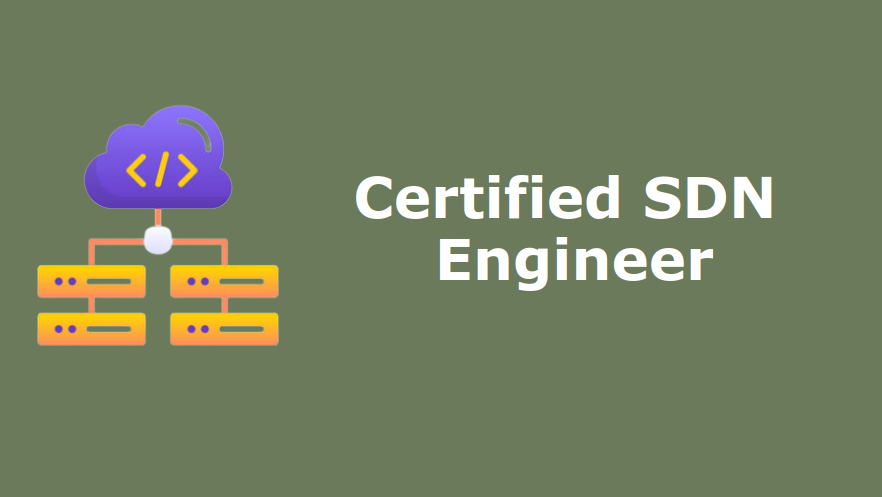
Software-Defined Network Engineer (SDNE) is an approach to network management that enables dynamic, programmatically efficient network configuration in order to improve network performance and monitoring, in a manner more akin to cloud computing than to traditional network management.....
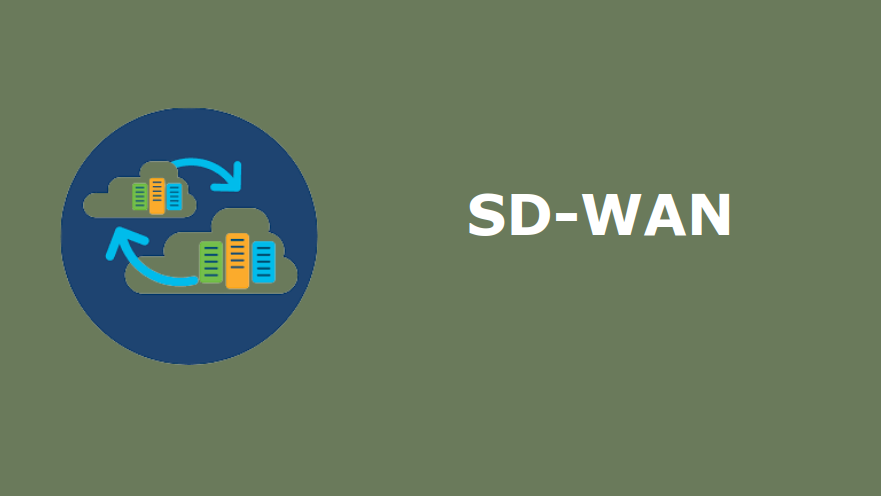
SD-WAN Architecture, SD-WAN Controller Deployment, Router Deployment, best practices for configuring routing protocols, implementation of advanced control, deployment of WAN Edge devices, migration options, placement of controllers, configuration of SD-WAN policies

P4 (named for “Programming Protocol-independent Packet Processors”) is a domain specific programming language for expressing how packets are processed by the data plane of a forwarding element such as a hardware or software switch, network interface card, router, or network appliance.....

Data Center Technology advances are generating more data than ever before, by enabling new applications and businesses that connect everything—people, devices, and machines. And with intent-based networking,. Data Center certification can open your opportunities to help maximize that potential.....
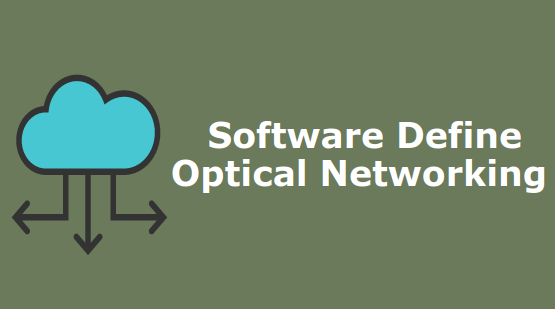
These networks have the capability to forward the packets and in addition to it they have the controlling ability embedded in them. Software Defined Networks (SDN) are different from these conventional networks in a way that SDN is the paradigm for separating the forwarding plane of networking from the control plane.....
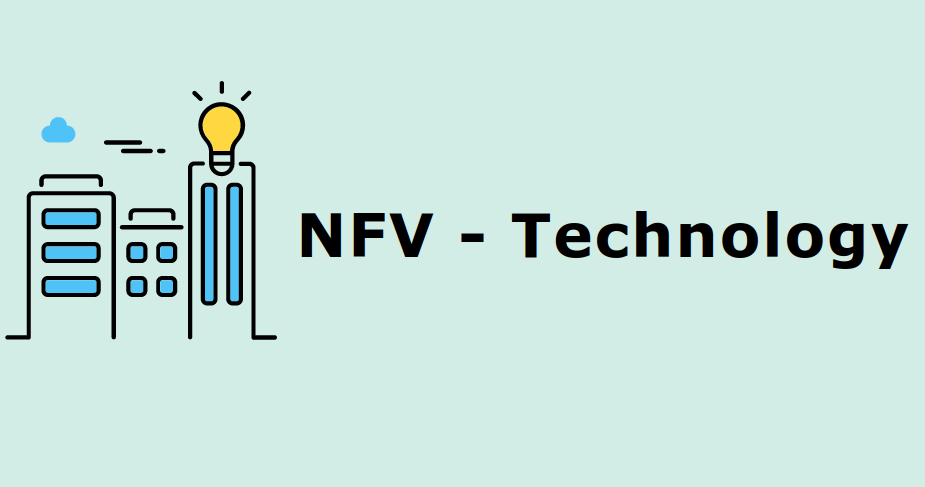
Network functions virtualization (NFV) is the replacement of network appliance hardware with virtual machines. The virtual machines use a hypervisor to run networking software and processes such as routing and load balancing.....
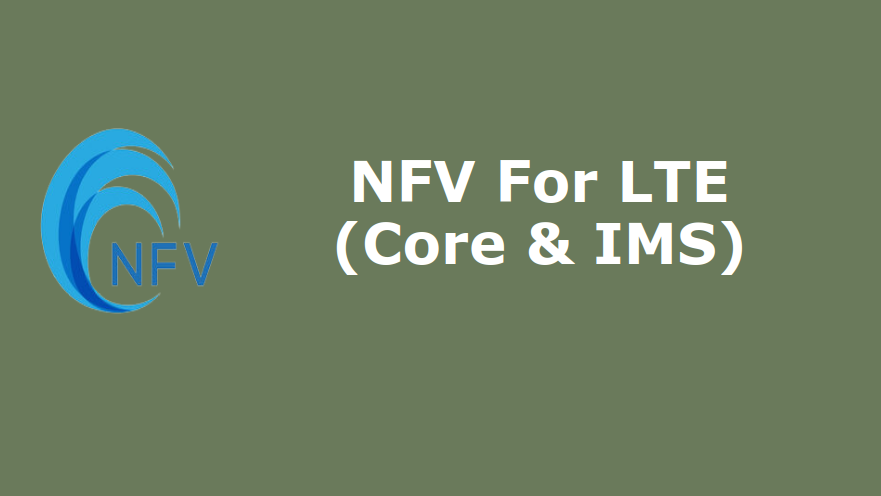
The LTE System Overview course offers a comprehensive – yet easily understandable – overview of the functionality of NFV for LTE (CORE & IMS). LTE, or strictly speaking the Evolved Packet System (EPS), consists of the evolved Radio Access Network (E-UTRAN) and the Evolved Packet Core (EPC) as defined in 3GPP technical specifications.....
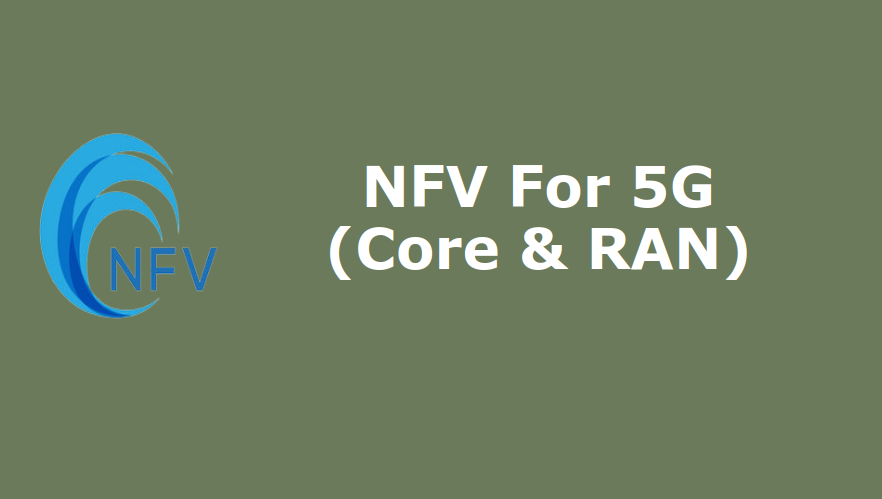
NFV For 5G networks are evolving every day. Advanced technologies such as 5G, IoT, and Core & RAN virtualization services may also affect the security of networks. 5G 3GPP standards allow physical and virtual overlap between RAN and core networks in deployed networks.....